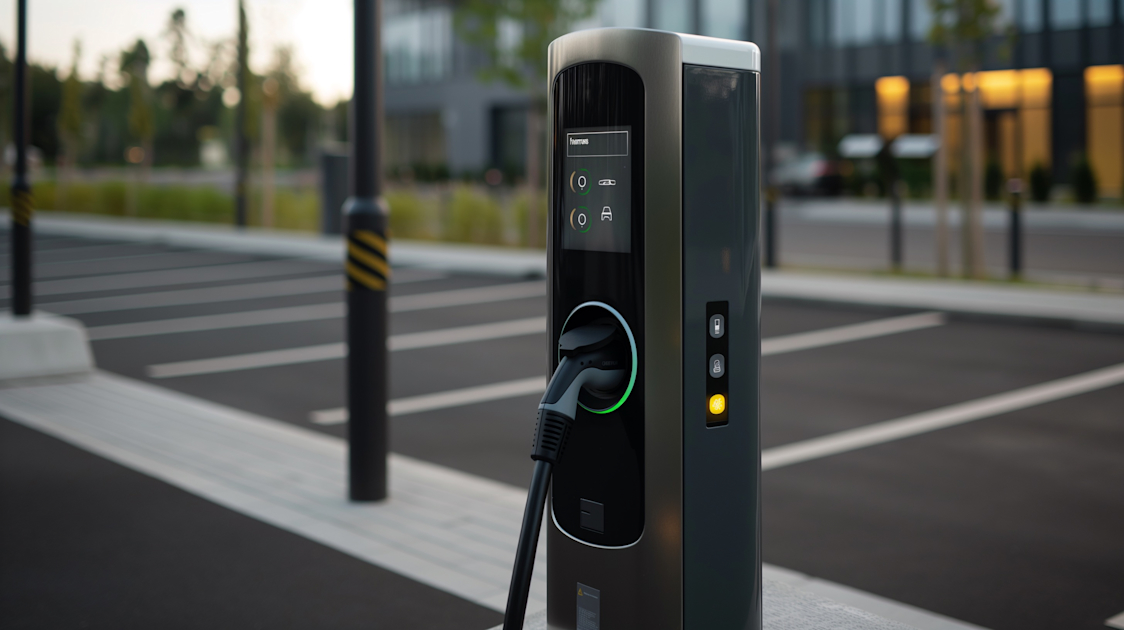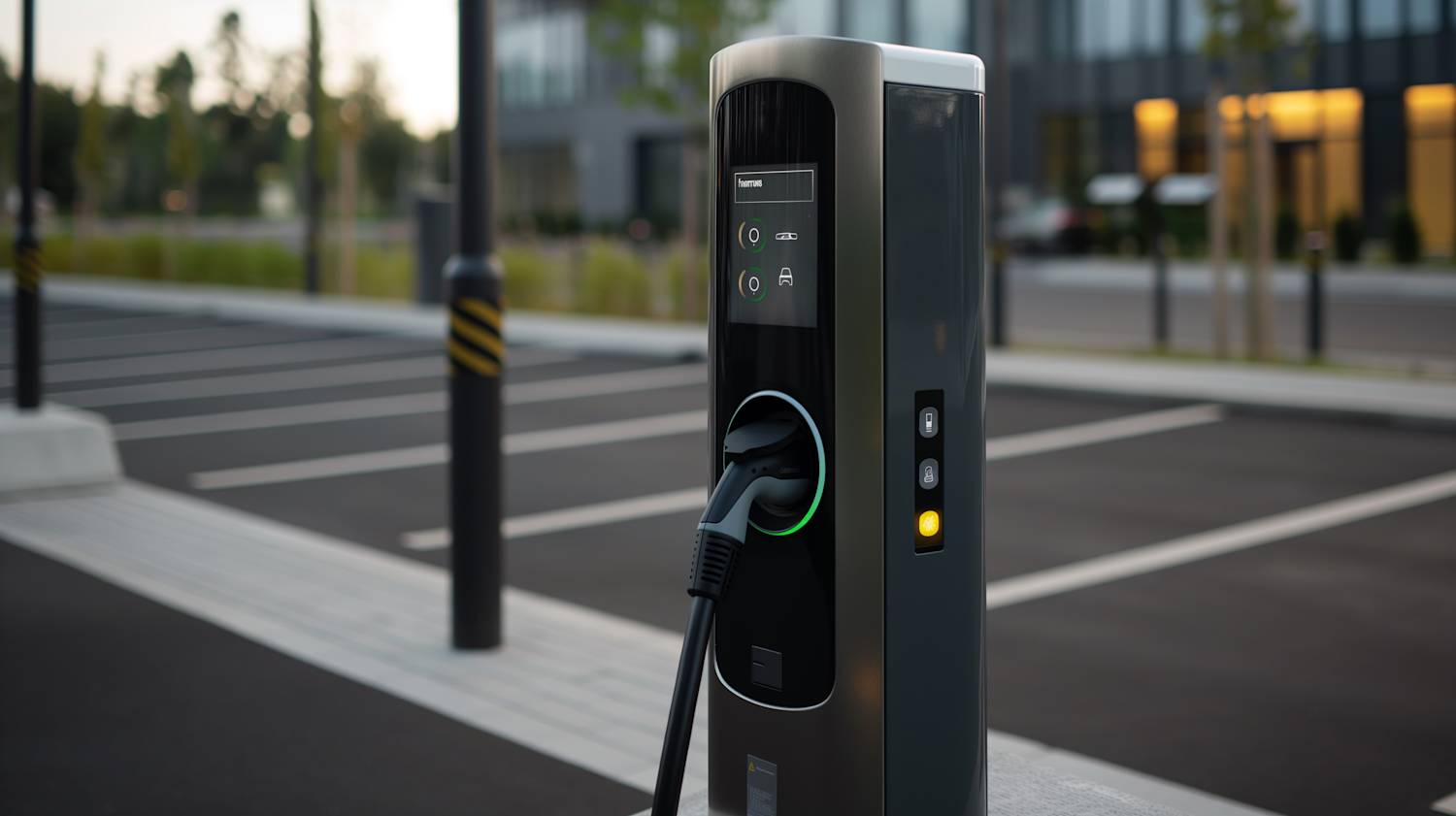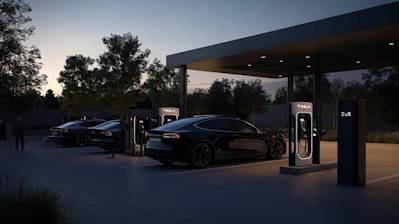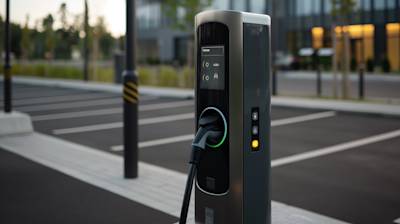As technology continuously evolves and the world becomes more environmentally conscious, the need for alternative fuel sources is more paramount than ever. With the continuous rise in the popularity of electric vehicles (EVs), it's crucial for both potential buyers and current owners to understand all aspects of these innovative machines. One of the most critical components of EV ownership is the electric vehicle supply equipment, or EVSE. Although that term might sound complex at first glance, we're here to decode EVSE meaning for you, helping you understand the value it holds in electric vehicle infrastructure.
Understanding EVSE Meaning and Importance
An EVSE, or electric vehicle supply equipment, is an umbrella term that covers all the electrical components used to charge your electric vehicle. This can include the charging station itself and the cable that connects to your car, among other things. However, it's important to note that EVSE isn't the same as your actual charger. Actually, the charger is located inside your electric vehicle, converting AC electrical current into DC so that it can be stored in your vehicle’s battery. Your EVSE, therefore, essentially serves as the middleman between your vehicle and your electrical source, ensuring the power is transferred safely and effectively.
The Role of EVSE in Electric Vehicle Charging
Understanding what an EVSE does is only part of the puzzle. It's pivotal for potential and current EV owners to comprehend its functioning and why it's so fundamental in EV charging infrastructure. Let's dive deeper into the importance of EVSE in the following context:
-
Ensuring Safe Charging: Your EVSE plays a vital role in safeguarding that the high voltage electricity coming from your power source is safely delivered to your vehicle. It communicates directly with your EV, meaning only when it's safe the power transfer will take place.
-
Flexible Charging Locations: EVSEs can be installed in a variety of locations, from residential homes to public spaces, allowing EV owners to charge their vehicles at different places, and ensuring a seamless transition to cleaner fuel alternatives.
-
Supporting Different Charging Levels: There are various types of EVSEs designed to support different levels of charging, from slow to rapid charging, catering to unique requirements of various EV models.
Choosing the Right EVSE
Deciphering EVSE meaning covers the practicality and benefits of diverse types of EVSE. The right piece of electric vehicle supply equipment can significantly enhance your charging experience.
Type of Charging
EVSEs can cater to various levels of charging - Level 1, Level 2, and DC fast charging. Your choice will likely depend on your vehicle model, how much you travel on a regular basis, and the time you typically have available to charge.
Matching your Vehicle Specifications
It's crucial to ensure that the EVSE you choose can cater to the charging specifications of your EV. These specifications can usually be found in your vehicle’s owner manual.
Installation Process
The installation process can vary highly based on the type of EVSE you choose. Some can be simply plugged into a socket, while others might require professional installation.
The EVSE meaning extends beyond being just a technical term in the EV charging infrastructure. It is a critical component that not only facilitates efficient and safe charging for your EVs but also determines your overall EV charging experience. With the right EVSE catering to your charging needs, you can ensure the smooth functioning of your EV while contributing to a more sustainable environment.
FAQs about EVSE
Why is the term EVSE important when discussing electric vehicles?
The term EVSE is crucial when discussing electric vehicles because it refers to Electric Vehicle Supply Equipment. This is the necessary hardware that allows electric vehicles to receive power and charge. Understanding EVSE is critical for anyone interacting with electric vehicles, whether they are a consumer or EV business operator.
Is EVSE a universal term used in all electric vehicle charging scenarios?
Yes, EVSE is a universal term implying to all types of electric vehicle charging equipment. It encompasses various kinds of charging units, such as Level 1 chargers, Level 2 chargers, and DC fast chargers. Each of these chargers refers to the amount of power supplied, with Level 1 supplying the least power and DC fast chargers supplying the most.
Does EVSE include the cable used to connect the car and the charger?
Yes, the term EVSE involves the entire system which is used for charging the electric vehicle. This includes the charging point, cable, and connector that links the vehicle with the charger. The EVSE is responsible for communicating with the car during charging and ensuring safe power transmission.
What does the charging process involve in terms of EVSE?
The charging process starts when the EVSE connects with the Electric Vehicle (EV). Communication between the EVSE and EV assures that all safety protocols are maintained during charging. The EVSE monitors power flow and interrupts charging if it detects any safety risks.
Do all EVSE come with safety features?
All professionally produced EVSE will come with safety features built-in. These safety features ensure that charging only starts when the connector is properly attached and the car can safely accept the electricity. If the system detects an issue, like a short circuit, the EVSE immediately stops any power flow to prevent hazards.
Does EVSE also imply to the charging stations?
The term EVSE can imply both the charging stations and the charging equipment used at home. Anywhere an electric vehicle receives power for charging, EVSE is involved. Therefore, it covers residential charging units, public charging stations, and even fast-charging infrastructures.
Do I need professional help to install EVSE at my home?
While plugin versions of Level 1 and Level 2 EVSE can be used out of the box, other versions such as hardwired Level 2 EVSE require professional installation. We recommend hiring a certified electrician to ensure proper installation and adherence to local building codes and safety.
Is EVSE manufactured to a universal standard?
Most EVSE manufacturers comply with the universal standards like SAE J1772 or IEC 62196. This ensures that any car compatible with these standards can charge on any EVSE that also complies. However, certain manufacturers like Tesla have their proprietary connectors and adapters.
Can I travel long distances with just my EV and EVSE?
Yes, absolutely. With the growing network of public EV charging stations (EVSE), long-distance travel with an EV has become quite feasible. Planning your route beforehand and knowing where the charging stations are located will help make your journey seamless.
Exploring the Pros and Cons of EVSE (Electric Vehicle Supply Equipment)
Pros of EVSE
Sustainability
- Using EVSE that powers electric vehicles reduces carbon dioxide emissions and reliance on petroleum, contributing to environmental sustainability.
- Electricity used in EVSE could potentially be sourced from renewable sources such as solar power, promoting clean energy practices.
Convenience
- The flexibility of EVSE locations enables users to charge their electric vehicles at home, work, or public charging stations.
- Some EVSE has smart features that let users schedule their charging sessions during off-peak hours, saving money on electricity bills.
Economic Advantage
- Although initial EVSE installation costs might be high, using an electric vehicle translates into reduced fuel expenses in the long run.
Technology Advancement
- The evolution and innovation in the EVSE ecosystem are achieving faster, safer, and efficient charging of electric vehicles.
- EVSE innovation is also enhancing bi-directional flow, letting electric vehicles give back excess power to the power grid, promoting energy conservation.
Cons of EVSE
High Installation and Maintenance Costs
- EVSE installation requires professional help and can be price restrictive.
- Maintenance and replacement of parts such as the charging cable, connectors, or internal components might add additional costs over time.
Charging Time
- Despite technological advancements, charging an electric vehicle using EVSE generally takes longer than refueling a traditional petroleum-based car.
- The actual charging time might vary according to the EVSE type, car model, and battery capacity, often leading to inconsistent user experiences.
Dependency on Electricity
- EVSE requires a reliable source of electricity. In regions where power loss or blackouts are common, charging an electric vehicle might be troublesome.
- Even though EVSE uses electricity that can be produced from renewable sources, many areas still rely on non-renewable sources to generate electricity, diminishing the environmental benefits.
Location Limitation
- While EVSE might be common in certain urban and developed areas, rural or remote locations might suffer from insufficient EVSE stations, making long-distance travel difficult.
Understanding the true meaning and implications of EVSE — its potential environmental and economic benefits as well as its practical challenges — can help in making informed decisions about adopting this technology. With the constant advancement in electric vehicle technology and EVSE, adjustments can be made to minimize the cons and maximize the benefits in the future.
Summary
EVSE stands for 'Electric Vehicle Supply Equipment' and is a critical term in the world of electric vehicles. It refers to the external devices responsible for supplying electric energy and charging electric cars. An understanding of the EVSE meaning is vital for anyone who uses, intends to use, or works with electric vehicles. It's an exciting piece of technology that is only expected to become more prevalent with the global shift towards eco-friendly transportation options.
As more individuals turn to electric vehicles for their transportation needs, learning about EVSE meaning becomes increasingly crucial. It's all about making electric vehicle charging stations more accessible, efficient, and safe for everyone. With the help of EVSE, electric vehicles can be recharged easily at home, at work, or at public charging stations. It highlights the functionality and convenience revolving around electric vehicles and their supportive systems.
The EVSE world is continually evolving, highlighting the leading role technology plays in finding innovative solutions for energy use in our society. Grasping the EVSE meaning is more than just an academic exercise. It's about better understanding the tools and systems we use every day to make our lives easier, greener and more sustainable. The spread of EVSE is a clear sign of progress in implementing cleaner energy sources in our daily lives.
About Sagan Electric
Meet Sagan Electric, your friendly, neighborhood electrician in Sacramento, CA! We're deeply passionate about bringing light and power to your world. With a track record of excellence, we've been arcing out the competition since we sparked into life. Rest assured, we're just as committed to our fantastic service as we are to our electrifying puns. So, whether you're seeking small repairs or big installations, flick the switch and make the smart choice - choose Sagan Electric, where the power is always in your hands!
Tags: EVSE definition, Electric vehicle charging, EV charging infrastructure,








